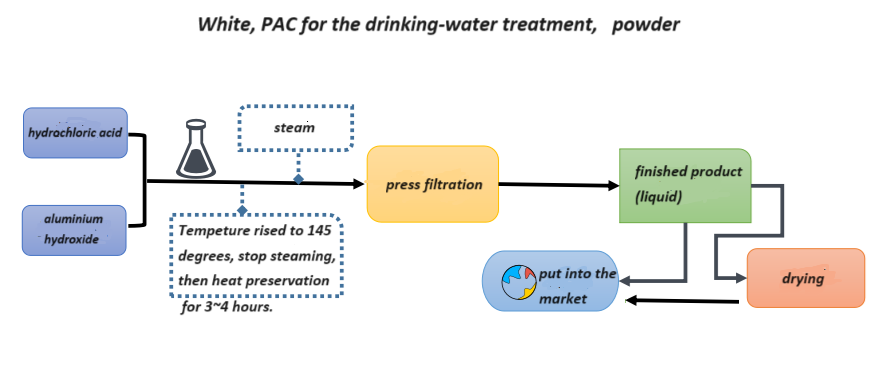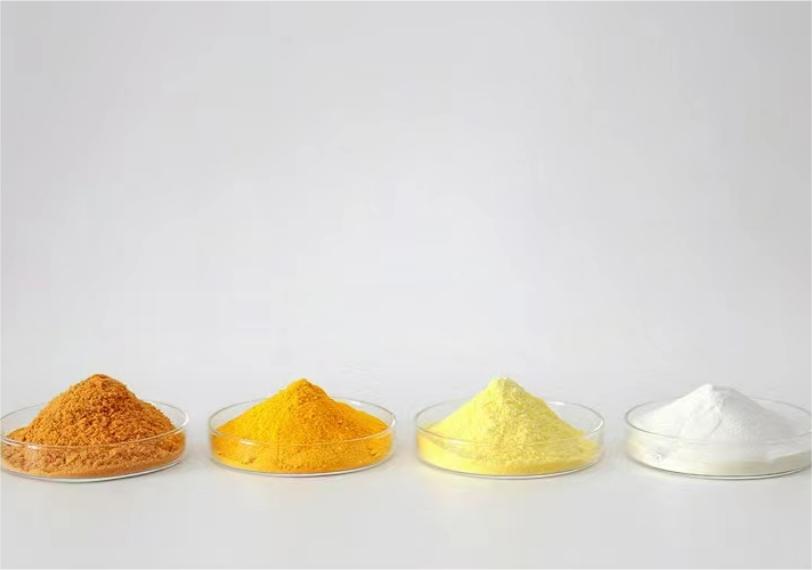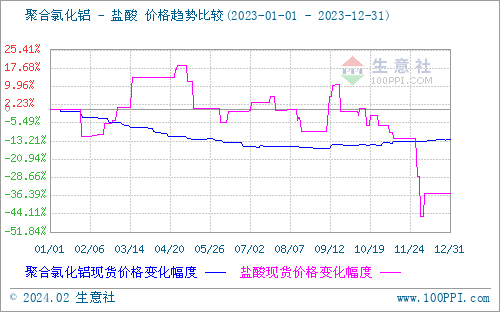Knowledge and Application of Sewage Treatment
I.What is sewage?
Sewage refers to water discharged from production and living activities. Humans use large amounts of water in daily life and production activities, and this water often becomes contaminated to varying degrees. Contaminated water is called sewage.
II.How to treat sewage?
Sewage treatment involves using various technologies and methods to separate, remove, and recycle pollutants in sewage or convert them into harmless substances, thus purifying the water.
III.Application of biochemical treatment in sewage?
Biochemical treatment of sewage uses microbial life processes to effectively remove soluble organic substances and some insoluble organic substances from wastewater, purifying the water.
IV.Explanation of aerobic and anaerobic bacteria?
Aerobic bacteria: Bacteria that require the presence of free oxygen or are not eliminated in the presence of free oxygen. Anaerobic bacteria: Bacteria that do not require free oxygen or are not eliminated in the absence of free oxygen.
V.Relationship between water temperature and operation?
Water temperature significantly affects the operation of aeration tanks. In a sewage treatment plant, water temperature changes gradually with the seasons and hardly changes within a day. If significant changes are noticed within a day, an inspection should be conducted to check for industrial cooling water inflow. When the annual water temperature is in the range of 8-30℃, the treatment efficiency of the aeration tank decreases when operating below 8℃, and the BOD5 removal rate is often below 80%.
VI.Common chemicals used in sewage treatment?
Acids: Sulfuric acid, hydrochloric acid, oxalic acid.
Alkalis: Lime, sodium hydroxide (caustic soda).
Flocculants: Polyacrylamide.
Coagulants: Poly Aluminum Chloride, aluminum sulfate, ferric chloride.
Oxidants: Hydrogen peroxide, sodium hypochlorite.
Reducing agents: Sodium metabisulfite, sodium sulfide, sodium bisulfite.
Functional agents: Ammonia nitrogen remover, phosphorus remover, heavy metal scavenger, decolorizer, defoamer.
Other agents: Scale inhibitor, demulsifier, citric acid.
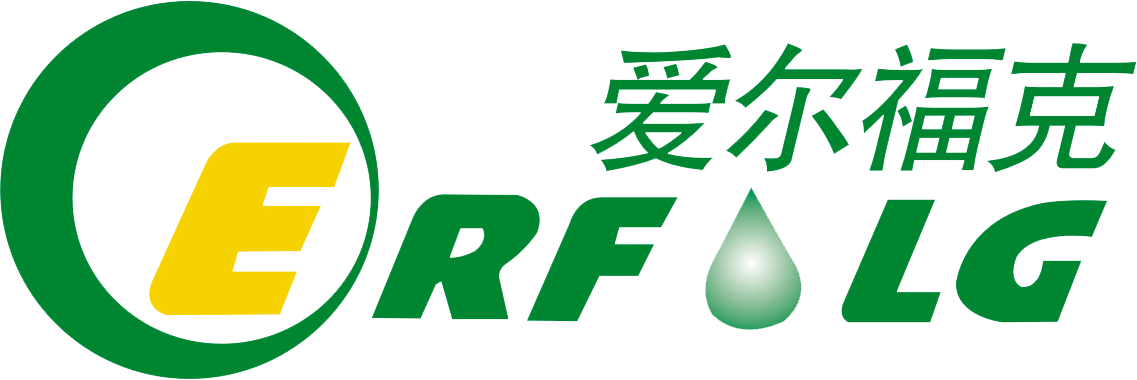
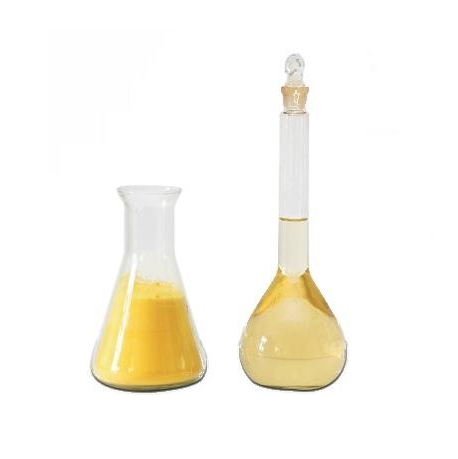 PAC
PAC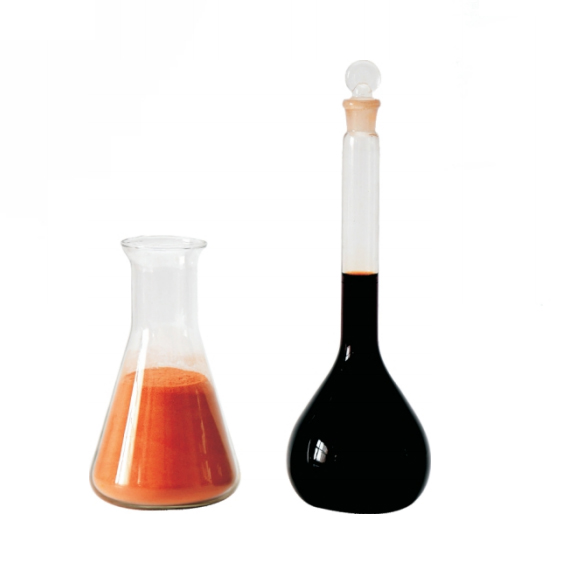 PFS
PFS Industry News
Industry News Exhibition News
Exhibition News
 Send Email
Send Email Phone
Phone


